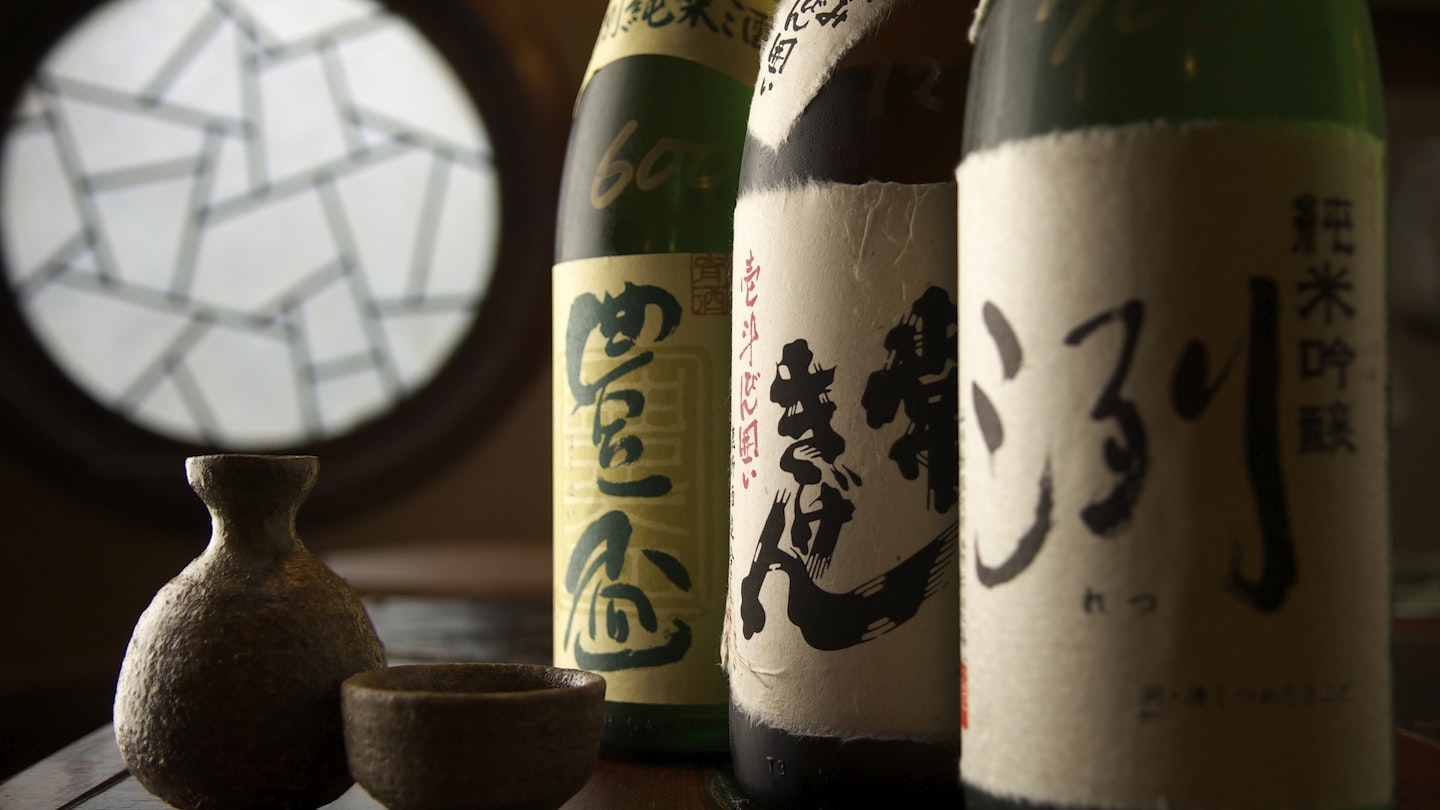Exploring Japan’s Renowned Sake Destinations
Japanese sake, or nihonshu as it is known in Japan, is the country’s representative drink. With approximately 1,500 kura (breweries) spanning the archipelago, there’s a ji-zake (local sake) around almost every corner. This traditional beverage has captivated many with its distinct flavors and cultural significance.
Containing only four ingredients – rice, kōji (rice mold), water, and yeast – even the smallest variations in raw materials, climate, and technique can lead to an extremely different version of this rice wine. This has resulted in strong regional flavor profiles, making exploring Japan through its regional sakes an adventure all its own.
Thanks to new technologies, time-honored techniques can be perfected in ways that were not possible in the past. Consequently, breweries are now innovating with a renewed creative thirst that is elevating this traditional drink into new territory. If there was ever a time to delve into the exciting world of sake, it is now.
Southern Route
The Southern Route focuses on the “Big Three” or the Three Major Sake Breweries in Japan, centering around Kyoto, Osaka, and Hiroshima, making them easy to incorporate into any itinerary.
Getting started: Start in Osaka and take the Hanshin Railway from either Namba or Umeda Stations. Stops of interest in the Nada-Gogō sake brewery district include Uozaki, Sumiyoshi, Ishiyagawa, and Oishi.
Nada-Gogō, Hyōgo Prefecture
Nada-Gogō or “The Five Villages of Nada” refers to five groupings of sake breweries in the cities of Kobe and Nishinomiya, within easy reach of Osaka. This coastal cluster of breweries accounts for an incredible 25 percent of domestic sake production, making it the leading sake region by volume in the country.
The port-side location has provided Nada-Gogō with historical advantages, facilitating easy shipping routes, but its enduring legacy can be credited to two of the most essential factors: quality ingredients and talented brewers, or tōji.
A pivotal ingredient in rice wine is, of course, quality rice. Eighty percent of Yamadanishiki, considered the “king of sake rice,” is cultivated in Hyōgo Prefecture, providing Nada-Gogō with bountiful local access to this top resource.
Additionally, the region’s “Tamba tōji,” named after the Tamba district, are regarded among the top groups of sake brewers. The Tamba tōji apply a traditional method known as kimoto, which is not commonly used in contemporary sake making.
Fushimi, Kyoto Prefecture
Fushimi has made an international name for itself, thanks to the surge in popularity of Fushimi-Inari Shrine with its hundreds of vermillion hillside torii gates. However, what you might not know is that the shrine is dedicated to the Shinto god of rice (Inari), and Fushimi is one of the most significant rice wine locations in the country.
The main reason sake production flourished in Fushimi lies in the abundance and quality of its groundwater. Given that 80 percent of sake is water, the quality and composition of this key ingredient is crucial to the final product’s taste.
Saijo, Hiroshima
Just a stone’s throw from Saijo Station, you’ll find yourself on Sakagura-dori or ‘Sake Brewery Street’. Here, you can find seven of the eight breweries of Saijo, making it an ideal spot for learning about the diverse types of sake.
Sake is divided into two major categories, futsū-shu or regular sake, and tokutei meishō-shu, meaning “Special Designation Sake.” One of the primary factors that distinguish these premium sakes is the degree to which the rice is polished.
The Northern Route
These stops will lead you to some of the best locations for sake enthusiasts in northern Japan and allow the exploration of prefectures not on the typical tourist path. Start in Tokyo and take the shinkansen two hours northwest to Niigata City.
Niigata Prefecture
At almost 100 kura, Niigata boasts the most sake breweries of any prefecture in Japan. This comes as no coincidence; if ever there was a land created for making top-quality sake, Niigata would be it. Not only is it renowned for its rice production, it also experiences some of the highest annual snowfalls, which melt into pristine waters come spring.
This pure spring water contributes to Niigata sake’s signature crisp and refreshing taste with a touch of dryness. The snow is also utilized as a natural element in the brewing process, such as in the “Yukimuro” or snow cellars used by some breweries to create snow-aged sake.
Yamagata Prefecture
Yamagata is the first prefecture in Japan to receive Geographical Indication (GI) for its sake. This designation, recognized by the World Trade Organization, certifies a product’s origin and quality, akin to Champagne and Darjeeling tea.
Yamagata’s emergence of its distinct strains of sake rice, yeast, and kōji contributes to its unique taste, generally described as soft and light yet full of flavor.
Fukushima Prefecture
A sake tour of Japan wouldn’t be complete without a visit to the darling of Japan’s sake industry, Fukushima Prefecture. Over recent years, Fukushima’s sake has achieved remarkable success in the prestigious “Annual Japan Sake Awards,” earning the most Gold Prizes of any prefecture since 2013.
The prefecture is home to more than 60 breweries, many of which offer tastings and tours, allowing visitors to appreciate the diversity found in Fukushima sake.
Akita Prefecture
Known as the “Land of Sake,” Akita Prefecture follows the simple formula of good rice + good water = good sake. This region possesses an incredible natural environment along with the cold brewing techniques from the Sannai Tōji master brewers, resulting in a product of exceptional quality.
Tochigi Prefecture
Tochigi Prefecture is perhaps best known for its incredible UNESCO World Heritage-listed Tōshō-gū Shrine in Nikko. Sake lovers can explore local flavors at the prefecture’s 37 breweries and many local establishments.
Historically, Tochigi’s sake has been quite sweet, but in recent years the flavor profile has diversified, accommodating a wide range of palates.





